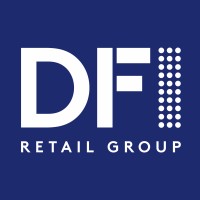
DFI Retail Group
DFI Retail Group (the ‘Group’) is a leading Asian retailer, driven by its purpose to “Sustainably Serve Asia for Generations with Everyday Moments”. As at 31 May 2025, the Group, its associates and joint ventures operated over 7,700 outlets and employed over 85,000 people. The Group had total annual revenue in 2024 exceeding US$24.9 billion. The Group is dedicated to delivering quality, value and service to Asian consumers through a compelling retail experience, supported by an extensive store network and highly efficient supply chains. The Group, including associates and joint ventures, operates a portfolio of well-known brands across five key divisions: health and beauty, convenience, food, home furnishings, and restaurants. The Group’s parent company, DFI Retail Group Holdings Limited, is incorporated in Bermuda and has a primary listing in the equity shares (transition) category of the London Stock Exchange, with secondary listings in Bermuda and Singapore. The Group’s businesses are managed from Hong Kong. DFI Retail Group is a member of the Jardine Matheson Group.






